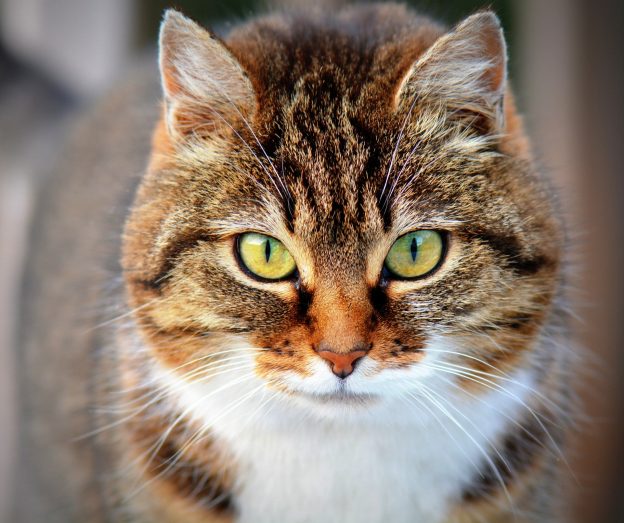
Cat – diabetes mellitus
Blood sugar, i.e. the amount of glucose in the blood, is absorbed into the cells in healthy animals by through insulin and used to generate energy.
Insulin is made in the islet cells of the pancreas and released into the bloodstream when needed.
In the case of diabetes, either the body’s own insulin can no longer be produced sufficiently, then we speak of insulin deficiency and / or the body does not respond adequately to the existing insulin for various reasons, this is called insulin resistance.
As a result, the glucose level in the blood rises sharply and leads to the following symptoms.
Symptoms
– weakness
– listlessness
– loss of appetite
– weight loss
– Loss of vision (this is often not noticed immediately, as the cat is secure finding the way around
in the apartment)
– increased or reduced feed intake
– frequent urination
– increased drinking
– Restriction of jumping ability
– the hind legs sag deeply when walking, the cat is already walking on the hocks
Risk factors for diabetes
– obesity
– sedentary lifestyle
– Age
– castration
– hormonal diseases
– Chronic inflammation
– Certain medications
Therapy
– Insulin
– Feed changeover / adaptation
The timing of feeding and insulin injection should be coordinated.
The insulin should be injected after the cat has already eaten something.
The right food should be tested individually.
Remission
Remission is the term used to describe the regression of symptoms of the disease.
In cats with diabetes, remission is 30-50%, especially if they are adjusted well within the first 6 months.
In addition, accompanying naturopathic support is very helpful.
With bioresonance therapy, the required remedies can be tested individually,
so you can be sure that your cat is getting exactly what it really needs.
Get well soon.








